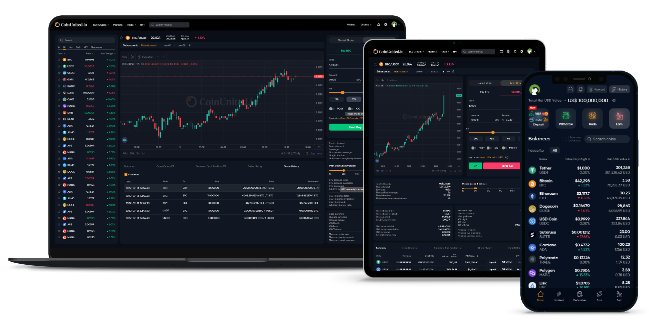The US Dollar Has Suffered a “Stunning Collapse” as a Reserve Currency
The “Dollar Smile” Theory and the State of the US Currency
Morgan Stanley’s former US-based chief foreign exchange strategist, Stephen Jen, popularised the “dollar smile” theory, which posits that the US dollar tends to perform well when the economy is booming or suffering. Jen, who currently runs money at Eurizon SLJ, and continues to publish fascinating research on the world of forex, claims that the US dollar has “suffered a stunning collapse” as a reserve currency, which seems to have quickened after Washington exercised control over the dollar-based international financial system against Russia.
The US Dollar’s Lost Market Share and its Accelerated Erosion
If we adjust for price changes, the dollar’s share of official global reserve currencies has gone from approximately 73% in 2001 to about 55% in 2021, while last year, it fell to 47% of total global reserves. In comparison, after experiencing steady declines in market shares, the US currency lost its market share 10 times more quickly in 2022. However, analysts failed to notice this significant change as they calculated the nominal value of the world’s central banks’ dollar holdings without considering the shifts in the dollar price. When adjusting for these changes, the dollar had lost some 11% of its market share since 2016 and double that amount since 2008.
This erosion in the US dollar’s reserve currency status has accelerated sharply since the beginning of the war in Ukraine, where exceptional actions taken by the US and its allies against Russia have startled large reserve-holding countries, most of which are from the Global South.
The Future of the US Dollar as an International Currency
While many reserve managers in the world disagreed with the conduct of both Russia and the US, and the US dollar’s reserve status collapsed in 2022, it seems reasonable to speculate that it might reflect a panicked reaction to property rights being jeopardised. Nonetheless, the bears should not rush to tweet about how the US needs to embrace Bitcoin to retain its relevance, since nuances exist in this debate on Ukraine.
For instance, the narrative about the weaponised dollar is muddied by the fact that the main beneficiaries have been the yen and the euro, whose price-adjusted reserve market share increased by 5% in 2022. The euro might be benefiting from more ambiguity from Europe on whether it would always follow America’s path in these matters. China is the world’s biggest reserve holder, and Macron’s diplomatic gambit might make Beijing feel safer in euros.
While the Global South seems unwilling to continue to hold dollar assets, they do not appear to have the ability to divest from the US dollar as an international currency, primarily for financial transactions. We suspect it will be very difficult to overcome the strong network effects that have supported the dollar’s international currency status. However, the key to toppling the dollar’s throne is predicated on the relative developments and stability in the various financial markets.
The Dollar’s Prevalence and the Risk of Policy Errors
The Bank for International Settlements’s latest triennial forex survey indicates that the dollar’s share of currency turnover has increased from 85% in 2010 to 88% last year. Although the denomination of central bank reserves is, by far, the smaller of the two pillars buttressing the US dollar, it is more of a reflection of the fact that the US currency is utterly dominant when it comes to global trade in real goods and financial securities. While the dollar still enjoys significant network advantages as an international currency, the persistence of these preconditions is not preordained, and things could change, and quicker than Washington might appreciate, especially if the US makes more policy errors and abandons the culture of self-examination.
To summarise, investors should recognise the two pillars that make the US dollar so mighty: its role as the reserve currency of choice, and its dominant use in global finance and trade. They should also remain aware that the narrative about the weaponised dollar is muddied by the fact that the yen and the euro have also benefited. Nonetheless, the bears should not rush to tweet about how the US needs to embrace Bitcoin to retain its relevance, and they should appreciate that, while the Global South is unable to avoid using the dollar, much of it is already unwilling to do so.
The Future of the US Dollar
Although the US currency still enjoys substantial network advantages as an international currency due to its vast, liquid, and reasonably well-functioning financial markets, investors cannot afford to be complacent regarding the dollar’s future. While the Global South seems unable to divest from the US dollar entirely, investors should recognise that the trends are heading in that direction, and the bears should not hesitate to rush to Bitcoin. They should also keep abreast of any new developments and stability in various financial markets outside the US.





.a80ca33.svg)















.svg)






